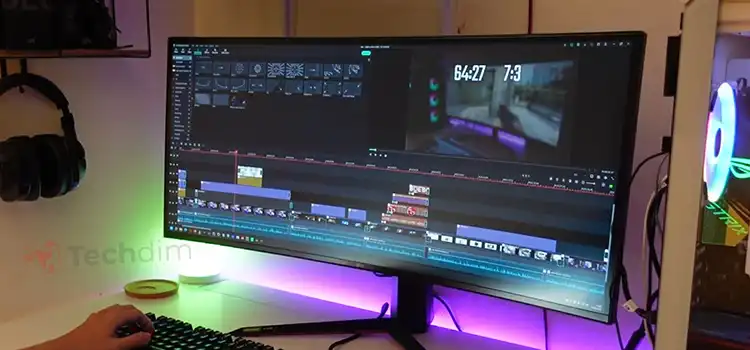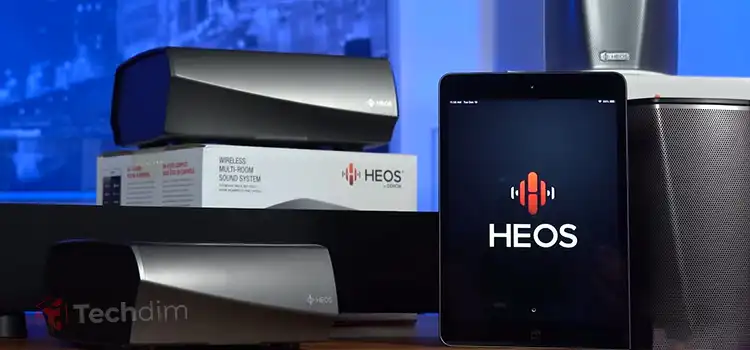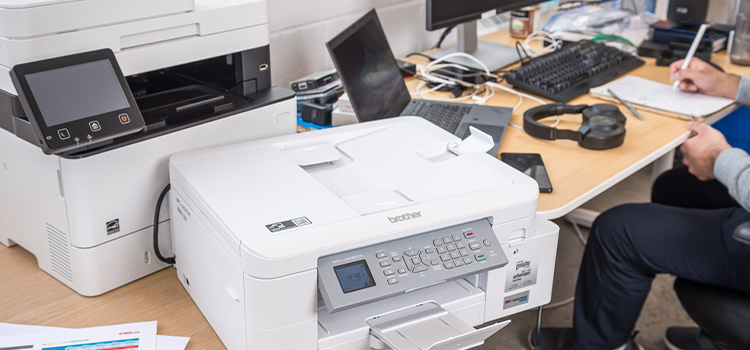Is 3440×1440 Better than 1080p Monitor? Why Better?
In an era where display technology continues to evolve at breakneck speed, choosing the right monitor resolution can be a perplexing task. We’re often confronted with a barrage of numbers and jargon, with 3440×1440 and 1080p being two prominent contenders in the ever-competitive realm of screen resolutions.
The answer to this burning question is as straightforward as it is intriguing. In short, yes, 3440×1440 is indeed better than 1080p, and the difference is stark. With a wider aspect ratio and significantly more pixels, it bestows unparalleled clarity, depth, and immersion in your digital world.
So, if you’re yearning for crisp, vibrant visuals and a heightened computing experience, keep reading. We’re about to embark on a journey that uncovers the fascinating world of screen resolutions, helping you discover why 3440×1440 might just be your next, or even your first, choice.

The Benefits of 3440×1440 Resolution Monitor
Now, let’s explore the advantages of opting for a 3440×1440 monitor.
- Enhanced Visuals
3440×1440 offers higher pixel density, producing sharper images and more vivid colors. This resolution is ideal for graphic designers and gamers who demand superior visuals.
- Wider Screen
The ultrawide aspect ratio of 3440×1440 provides a broader field of view, enhancing your gaming and multimedia experiences.

- Multi-Tasking Efficiency
The extra screen real estate is a boon for productivity, enabling easy multitasking with multiple windows and applications.
- Immersive Gaming
Gamers can revel in the immersive experience, as the ultrawide format reduces the need for a multi-monitor setup.
- Advantages of 1080p
However, 1080p has its unique merits as well.
- Affordability
1080p monitors are generally more budget-friendly, making them accessible to a broader audience.
- Wider Compatibility
Devices and content are often optimized for 1080p, ensuring compatibility and a seamless user experience.
- Smooth Performance
Since it has fewer pixels to process, 1080p monitors are often easier on your GPU, resulting in smoother performance, especially in gaming.
3440×1440 or 1080p Resolution Monitor: Consider Your Needs
When determining whether 3440×1440 or 1080p is better for you, consider your specific requirements.
- Gaming
If you’re a passionate gamer seeking a more immersive experience, 3440×1440 might be the way to go.
- Productivity
For professionals who rely on multitasking, 3440×1440 can significantly boost your efficiency.
- Budget
If budget constraints are a concern, 1080p monitors are a cost-effective solution.
- Compatibility
Consider the compatibility of your devices and content. Opt for the resolution that suits your needs.
People Also Asked (PAA)
- Is 3440×1440 resolution suitable for gaming?
Absolutely, 3440×1440 offers an immersive gaming experience with its wider aspect ratio.
- Are 1080p monitors outdated?
No, 1080p monitors are still prevalent and cater to a wide audience.
- Can my GPU handle 3440×1440 resolution?
It depends on your GPU’s capabilities. Check the manufacturer’s recommendations.
- Are 1080p monitors more energy-efficient?
Generally, yes, as they have fewer pixels to power.
- Do 1080p monitors have a place in professional settings?
Yes, they are excellent for productivity and cost-effectiveness.
- Can 3440×1440 monitors be used for video editing?
Certainly, the enhanced resolution is beneficial for video editing tasks.
- Are 1080p monitors still good for console gaming?
Yes, they are a popular choice for console gaming due to their affordability.
- Do I need a powerful computer for 3440×1440 gaming?
It’s advisable to have a decent GPU to maximize the experience.
- What is the price difference between 3440×1440 and 1080p monitors?
3440×1440 monitors are generally more expensive than 1080p monitors.
- Can I use a 3440×1440 monitor for office work?
Absolutely, the extra screen real estate can boost productivity in office tasks.
Conclusion
In the end, the debate between 3440×1440 and 1080p is all about your unique preferences. There is no one-size-fits-all answer. Assess your requirements, your budget, and the purpose of your monitor. Both resolutions offer their own advantages, and it’s essential to find the one that aligns with your specific needs.
Subscribe to our newsletter
& plug into
the world of technology





